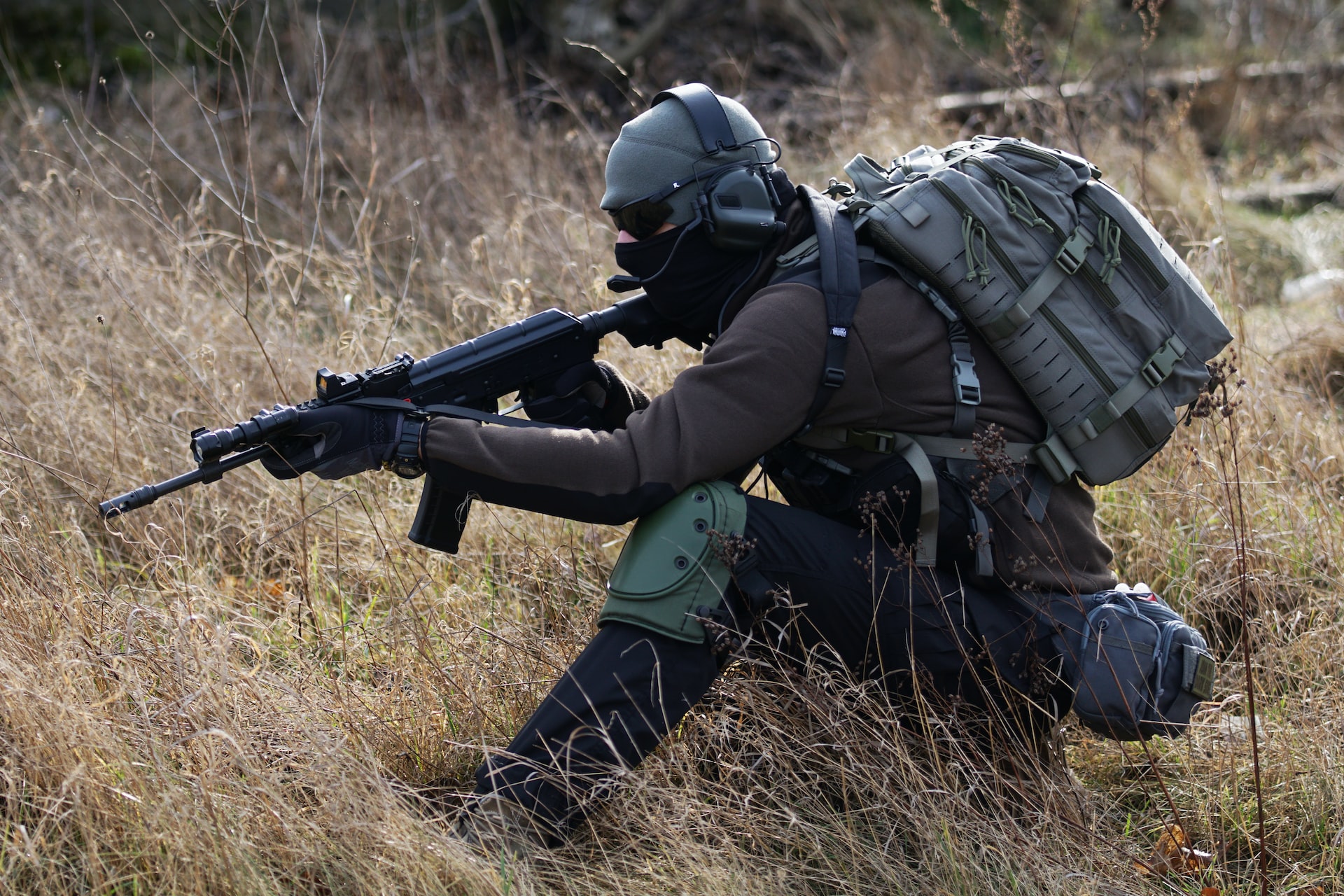The first military backpack, known as a “rucksack,” first appeared during the American Civil War to help infantrymen haul heavy equipment and medical supplies. Although they were useful, many troops preferred to roll their belongings in blankets that they slung over their shoulders instead of backpacks since they were easier on their upper bodies. Owing to the lack of padding and the weight of the supplies, the stiff wooden support backing that was built into the packs frequently caused serious back injuries, which impeded the performance of the soldiers due to the aches they left behind. These backpacks were useless for weight distribution or supply management because they only had one pocket for meals and weapons.
Until around 1941, when a new design with not one but two khaki pockets—one for handily storing food, drink, and any other items that had to be immediately accessible, and the other for weaponry—emerged, the US development of rucksacks did not significantly change. These “Field Packs” were utilised through the conclusion of World War II into the Vietnam War, when they were coloured green to help soldiers blend in more effectively. Although the canvas’s durability was adequate, it was primarily selected as the rucksack’s material because it was simple and reasonably priced to mass-produce. Since then, rucksack technology and development has exploded and now there are many different styles and brands on the market.
A large change in the development of the rucksack has been the needs of soldiers and what they need to carry in it. Early soldiers really just wanted to carry more ammunition and cleaning gear for the firearms (thin muskets). From there soldiers kept adding on things that they could use in combat. These days, soldiers carry much more than ever before. Here is the full list.
First-aid kit
Obviously vital in any combat situation, regardless of whether the soldier is a combat medic or not they will have a first-aid kit of some sort.
Food
Usually, it’ll be MREs or other on the go food such as protein bars. This will of course depend largely on the mission the soldier is on.
Hydration bladder
Water bottles and jugs are a thing of the past these days. Soldiers of today prefer a hydration bladder that has a tube right by their mouth for easy access to water.
Gun cleaning kit
A soldier’s gun is their lifeline and it must be kept in good running conditions at all times. As such, soldiers will carry a gun cleaning kit to make sure their guns are in good condition.
Night vision gear
If a soldier is rocking the rucksack, then there is a good chance they are out for a long haul which means staying out during night. As such, some sort of night vision gear becomes essential!
Fire kits
This can vary on the size of the rucksack and where a soldier is being deployed to but generally some sort of fire kit will be carried. This will assist with cooking meals and also providing warmth if necessary.
Compass
A lot of soldiers will have smart watches with a decent compass built in. However, nothing beats the old tried and true compass and that is why so many will carry one in the rucksack.
Change of clothes
Maybe not a full uniform but they will carry items such as socks, a clean t-shirt, and a pair of underwear. You just never know,
Sunscreen
This will of course largely depend on where the soldier is being deployed to. However, modern times have seen soldiers deployed to hot climates like the Middle East. In areas like that, it is vital to have something to protect you from the sun.
Sleeping bag
No soldier wants to sleep on the bare ground and sometimes that is all that is around. A sleeping bag can be a great help in many situations.
Shelter
Depending on where the soldier is deployed, the shelter item they carry will change. For example, if in a jungle environment they might just be packing some netting designed to keep mosquitoes away while on the other hand an artic environment might call for a small tent.
Personal items
Soldiers want comfort items when they are in combat. These don’t have to be big items, think of things such as cellphones, photographs, notepads, books, and even MP3 players.
Stay safe!

